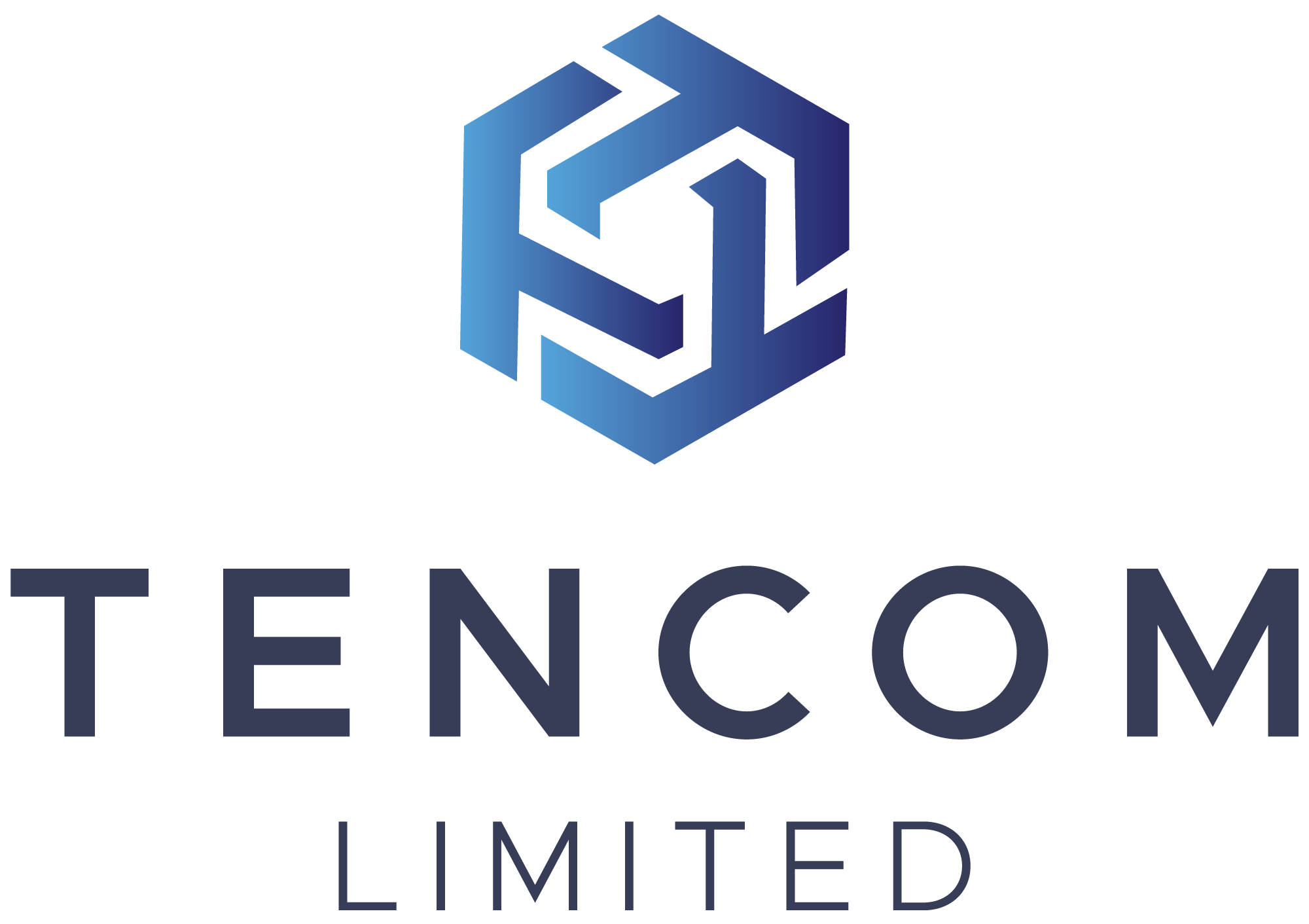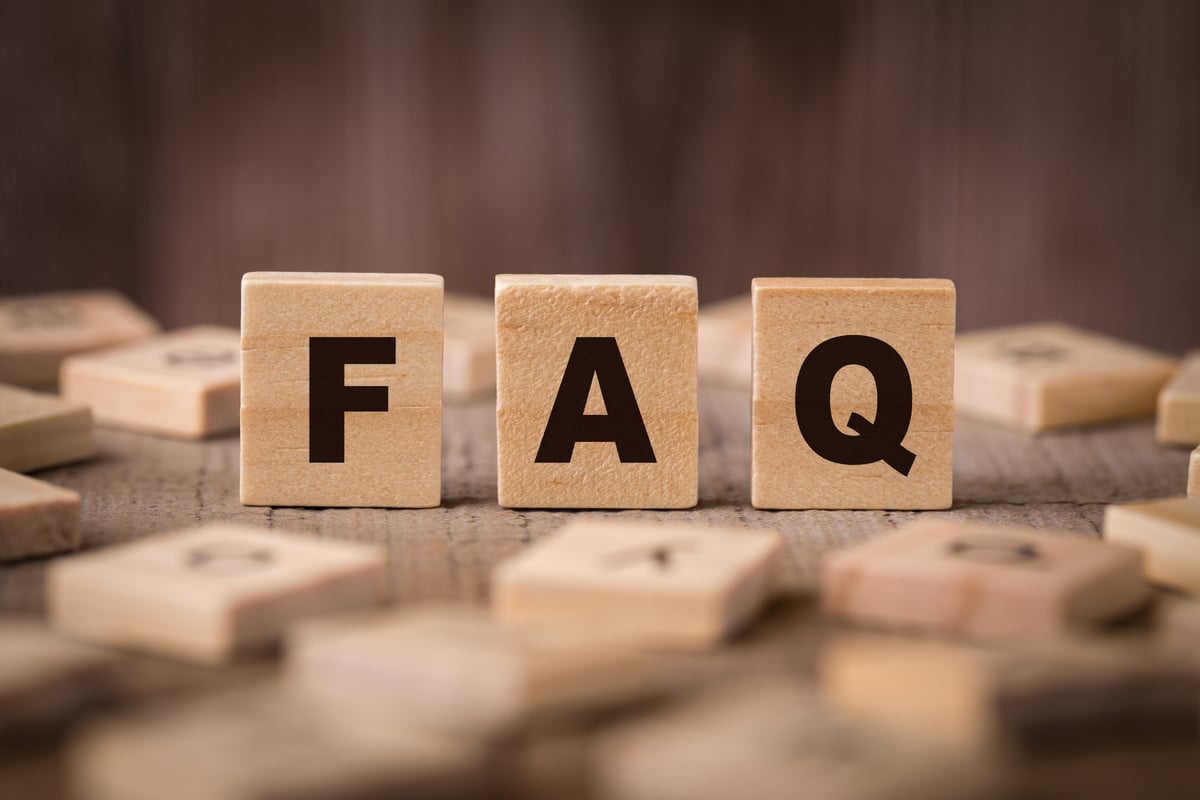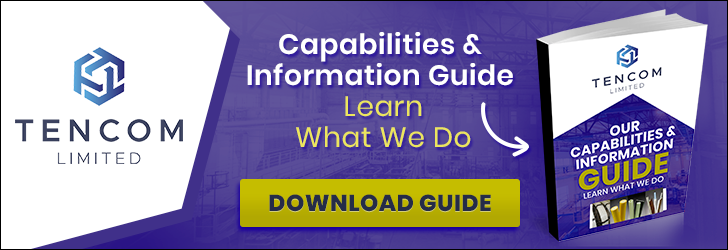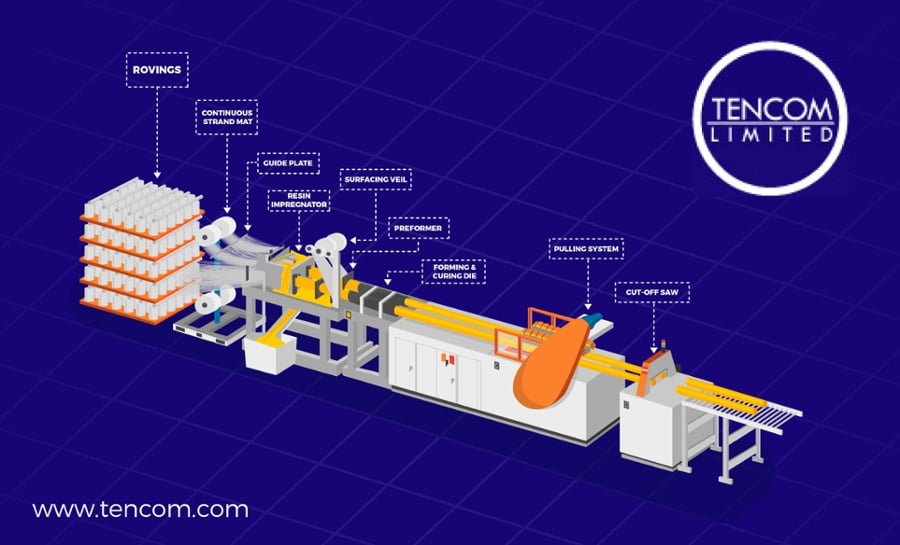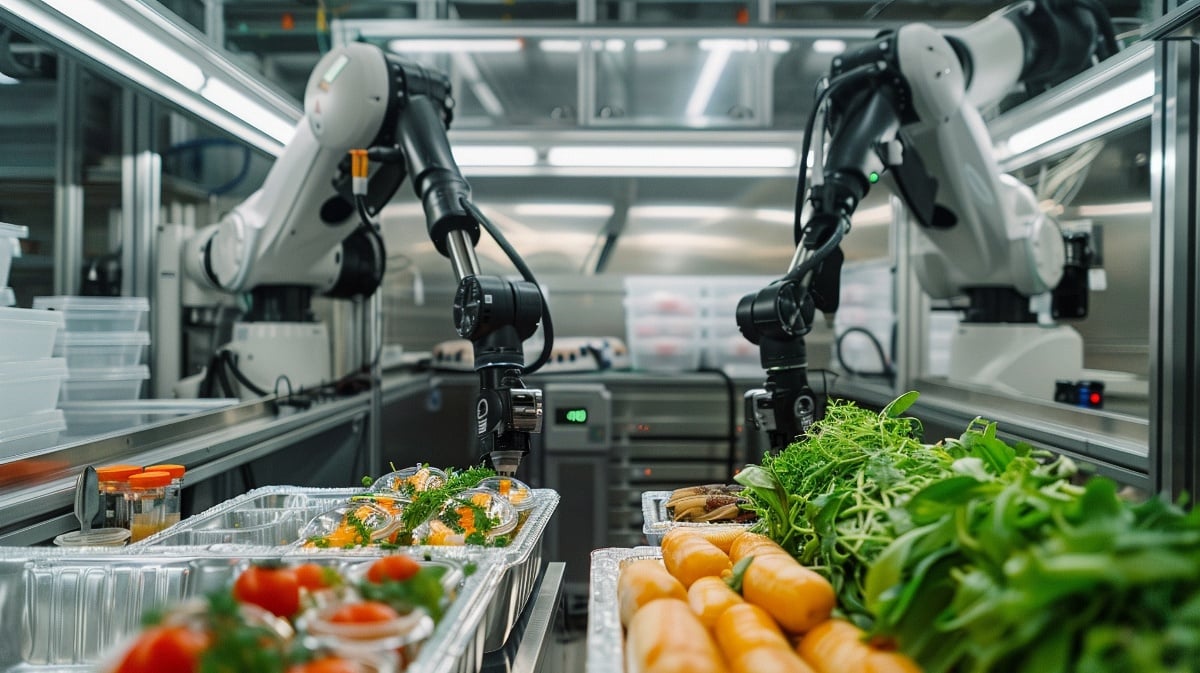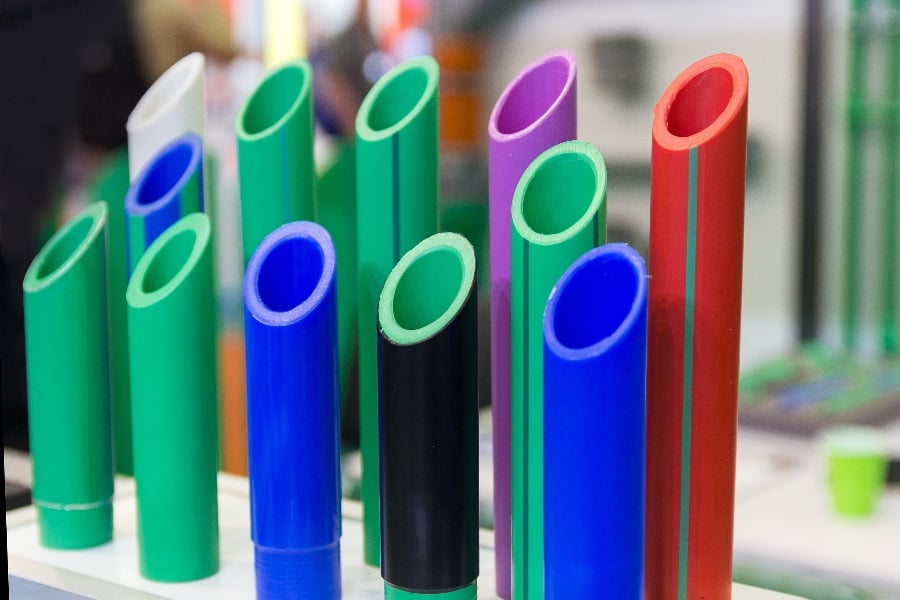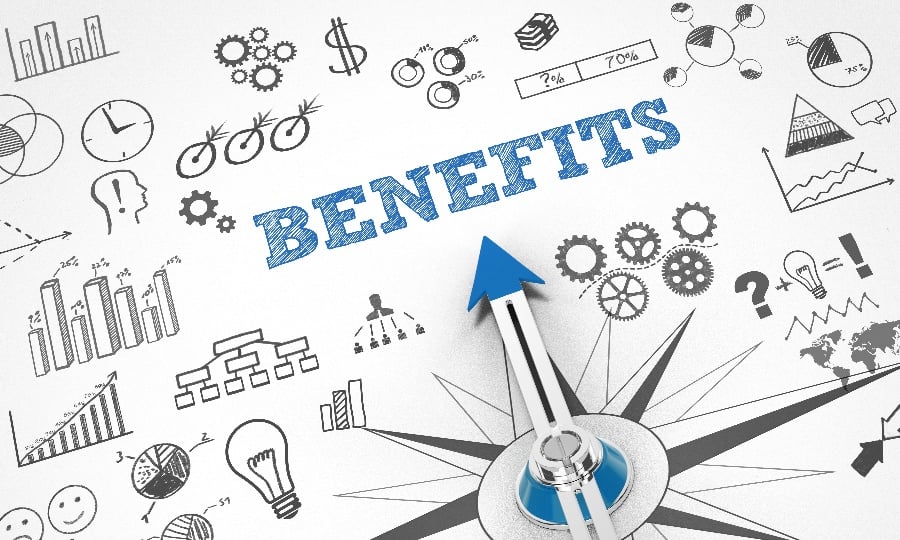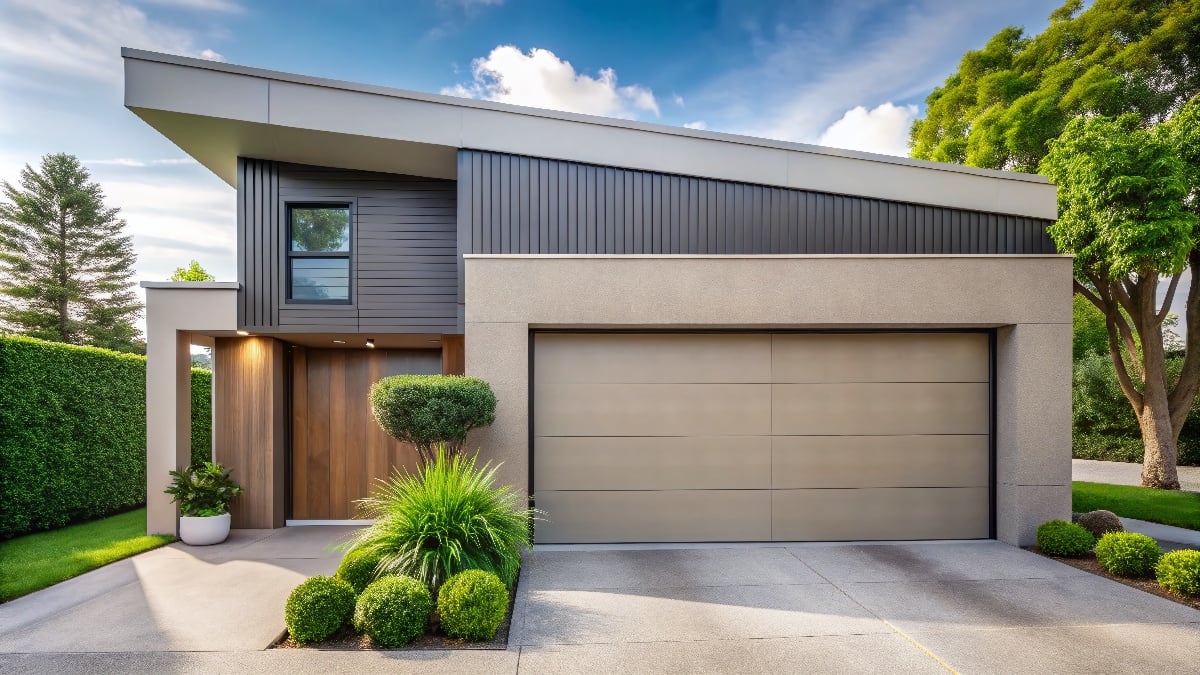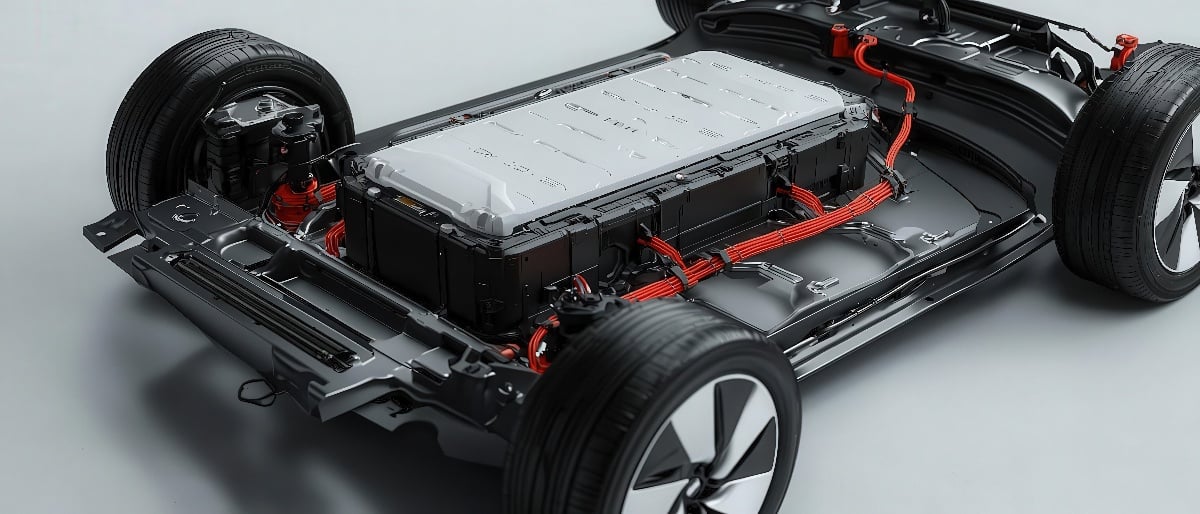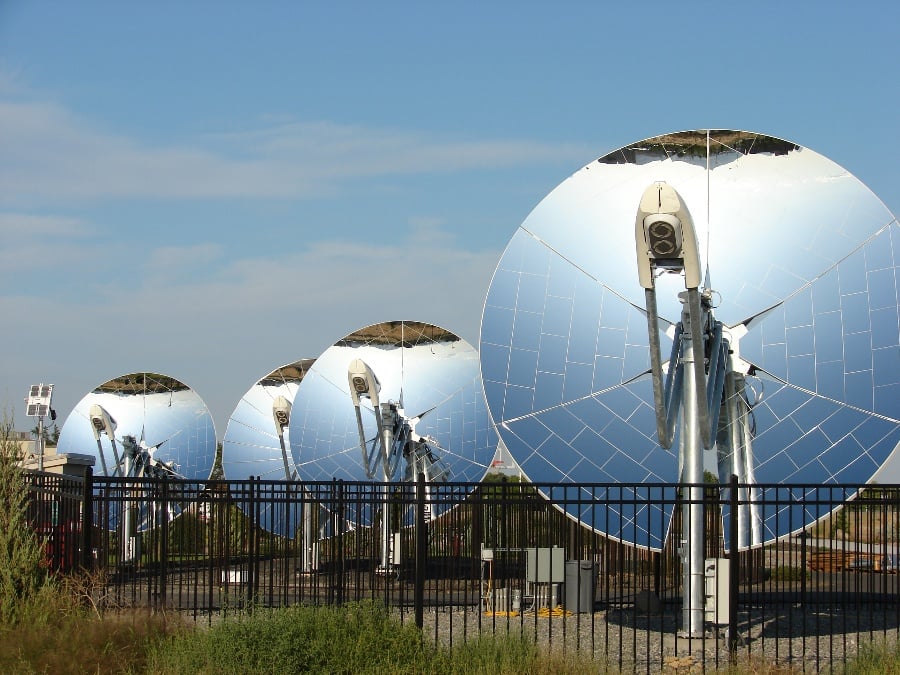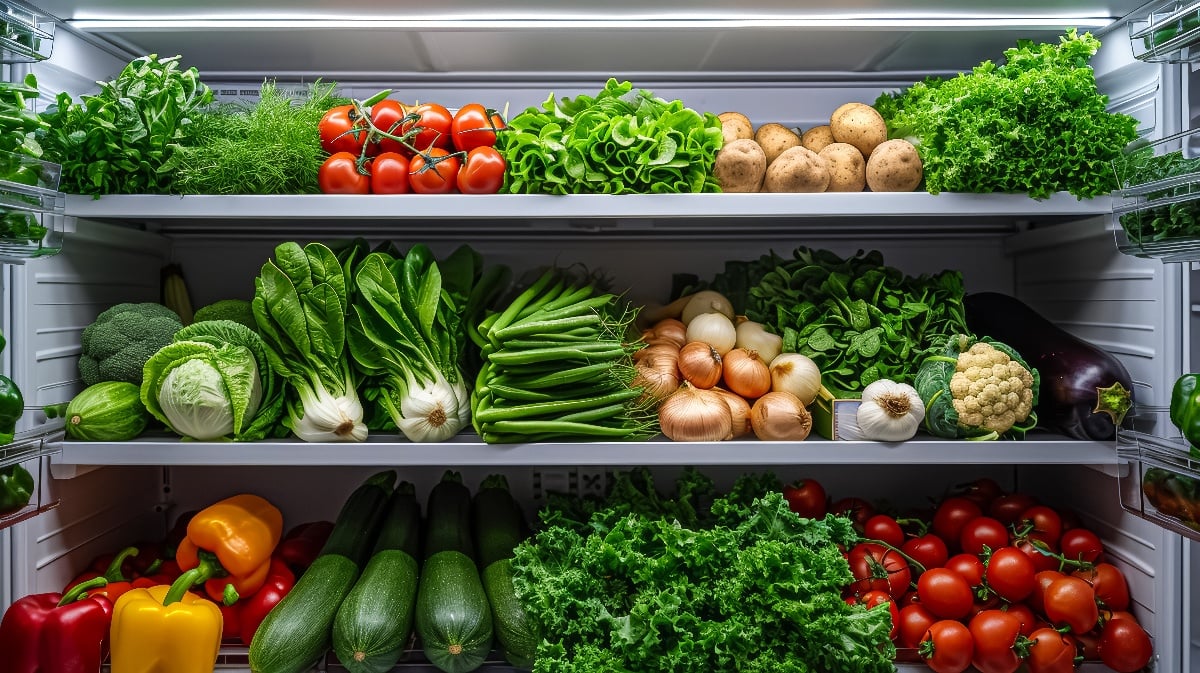
Fiberglass pultrusion is a versatile manufacturing process that produces strong, lightweight, and corrosion-resistant composite profiles used across industries like construction, marine, and renewable energy. As interest in pultruded fiberglass grows, customers often have questions about its properties, applications, and benefits.
Below, we address the most frequently asked questions about fiberglass pultrusion to help you make informed decisions for your projects.
1. What Is Fiberglass Pultrusion?
Fiberglass pultrusion is a continuous manufacturing process that combines fiberglass reinforcements (such as rovings or mats) with a resin matrix, typically polyester or vinyl ester, to create structural profiles. The materials are pulled through a heated die, forming consistent shapes like rods, tubes, beams, or custom profiles. The result is a strong, lightweight, and durable composite product ideal for demanding applications.
2. What Are the Key Benefits of Pultruded Fiberglass?
Pultruded fiberglass offers several advantages over traditional materials like steel, aluminum, or wood:
-
Corrosion Resistance: Resists rust and degradation in harsh environments, such as coastal or chemical settings.
-
Lightweight: Weighs significantly less than metal, easing transportation and installation.
-
High Strength: Provides excellent strength-to-weight ratio for structural applications.
-
Non-Conductive: Safe for electrical applications, reducing the risk of shocks or shorts and damage from thermal transfer.
-
Low Maintenance: Requires minimal upkeep, saving time and costs over the product’s lifespan.
These properties make pultruded fiberglass a cost-effective and reliable choice for many industries.
3. What Industries Use Pultruded Fiberglass?
Pultruded fiberglass is used in a wide range of industries, including:
-
Construction: For structural beams, decking, and railings in bridges, walkways, thermal transfer reduction, and buildings.
-
Marine: In dock components, seawalls, boat masts, and other parts exposed to saltwater.
-
Renewable Energy: For wind turbine components and solar panel supports.
-
Transportation: In railings, bus components, and non-conductive insulation and parts for rail systems.
-
Industrial: For grating, ladders, and platforms in chemical plants or factories.
- Electrical: Insulators and insulation of electrical and thermal transfer.
Its versatility makes it suitable for both standard and custom applications.
4. How Strong Is Pultruded Fiberglass Compared to Steel?
Pultruded fiberglass has a comparable or superior strength-to-weight ratio to steel. While steel may have higher absolute strength, fiberglass profiles are much lighter, allowing for efficient load-bearing designs.
For example, pultruded fiberglass beams can support significant loads in corrosive environments where steel would degrade. The specific strength depends on the fiber content, resin type, and profile design, which can be tailored to meet project requirements.
5. Can Pultruded Fiberglass Be Customized?
Yes, one of the major advantages of pultrusion is its ability to produce custom profiles. Manufacturers can create unique shapes, sizes, and properties by adjusting:
-
Profile Design: From simple rods to complex geometries like I-beams or channels.
-
Resin Systems: To enhance fire resistance, UV stability, or chemical resistance.
-
Additives: Such as anti-slip coatings or color pigments for specific applications.
This flexibility ensures pultruded fiberglass meets precise project specifications.
6. Is Pultruded Fiberglass Environmentally Friendly?
Pultruded fiberglass is increasingly aligned with sustainability goals. Its long lifespan and low maintenance reduce the need for replacements, conserving resources. Additionally:
-
Corrosion Resistance: Eliminates the need for frequent repairs or coatings, unlike metal.
-
Recyclability: Advances in composite recycling are making it easier to repurpose end-of-life fiberglass products.
-
Energy Efficiency: Modern pultrusion processes are optimized to minimize energy use.
These factors make pultruded fiberglass an eco-conscious choice for many applications.
7. How Is Pultruded Fiberglass Installed?
Pultruded fiberglass is lightweight and easy to install, often requiring fewer tools and less labor than metal or concrete. Common installation methods include:
-
Bolting or Fastening: Using stainless steel or fiberglass fasteners for secure connections.
-
Adhesive Bonding: For applications requiring seamless joints.
-
Modular Assembly: Pre-fabricated components can be quickly assembled on-site.
Manufacturers often provide installation guides to ensure proper handling and alignment, and the material can be cut or drilled with standard tools.
8. What Maintenance Does Pultruded Fiberglass Require?
Pultruded fiberglass is low-maintenance compared to traditional materials. To maximize its lifespan:
-
Cleaning: Periodically wash surfaces with mild soap and water to remove dirt or debris.
-
Inspection: Check for physical damage in high-traffic or extreme environments.
-
UV Protection: Some profiles may require UV-resistant coatings for prolonged outdoor exposure, though many resins already include UV inhibitors.
These minimal requirements reduce long-term costs and downtime.
9. Is Pultruded Fiberglass Fire-Resistant?
Pultruded fiberglass can be manufactured with fire-retardant resins to meet specific safety standards, such as ASTM E-84 or UL ratings. These formulations slow flame spread and reduce smoke generation, making them suitable for applications in public buildings, transit systems, or industrial settings. Always specify fire-retardant properties when ordering if fire safety is a concern.
10. How Does Pultruded Fiberglass Compare to Other Composites?
Compared to other composite manufacturing methods, like hand lay-up or filament winding, pultrusion offers:
-
Consistency: Continuous production ensures uniform profiles with minimal defects.
-
Cost-Effectiveness: High automation reduces labor costs for large-scale production.
-
Scalability: Ideal for producing long, consistent profiles in high volumes.
These advantages make pultrusion a preferred choice for structural and industrial applications.
Why Choose Pultruded Fiberglass?
Pultruded fiberglass combines strength, durability, and versatility, making it an excellent material for projects requiring long-lasting, low-maintenance solutions. By understanding its properties and applications, you can confidently select pultruded fiberglass for your next project.
At Tencom, we’re committed to providing high-quality pultruded fiberglass products tailored to your needs. Contact us today to discuss how our solutions can support your goals.
